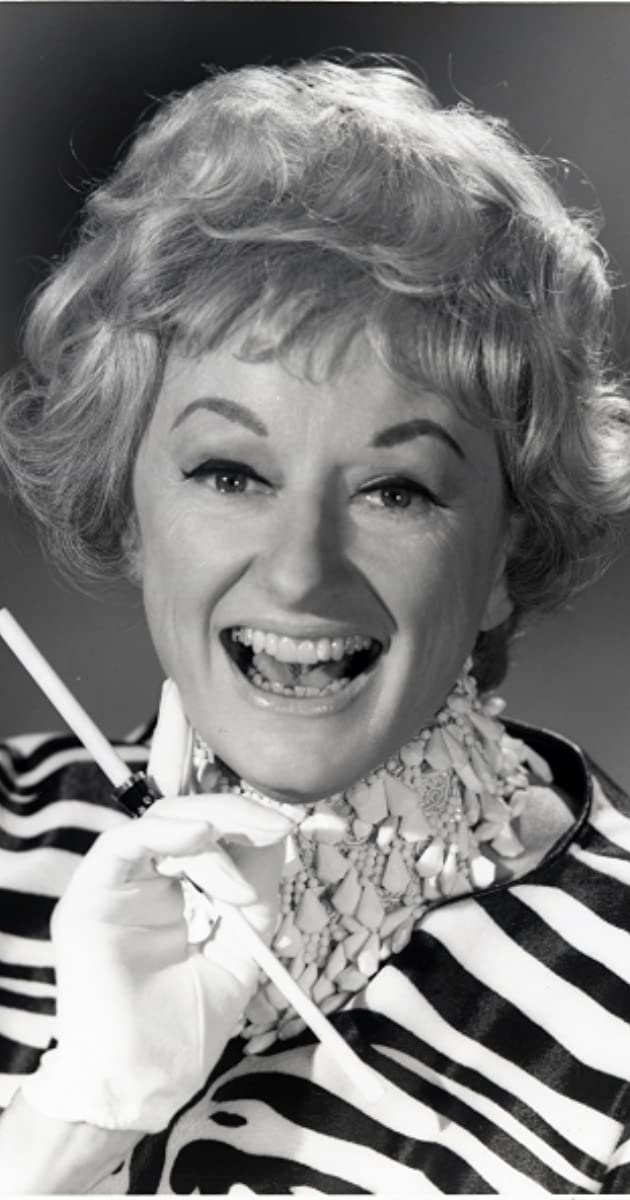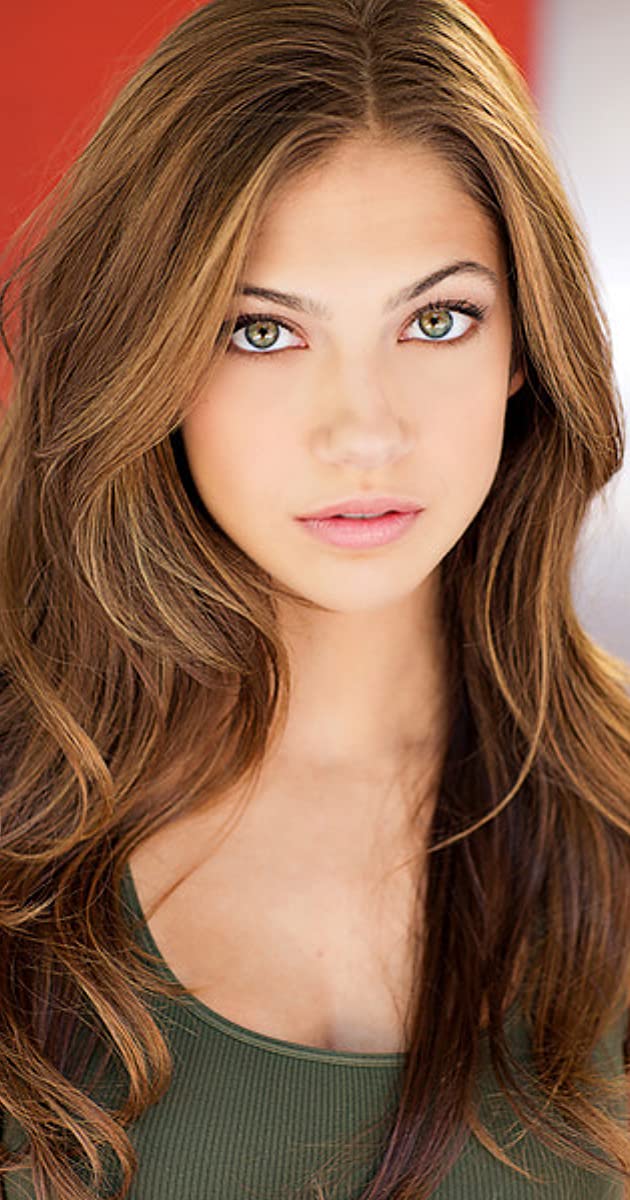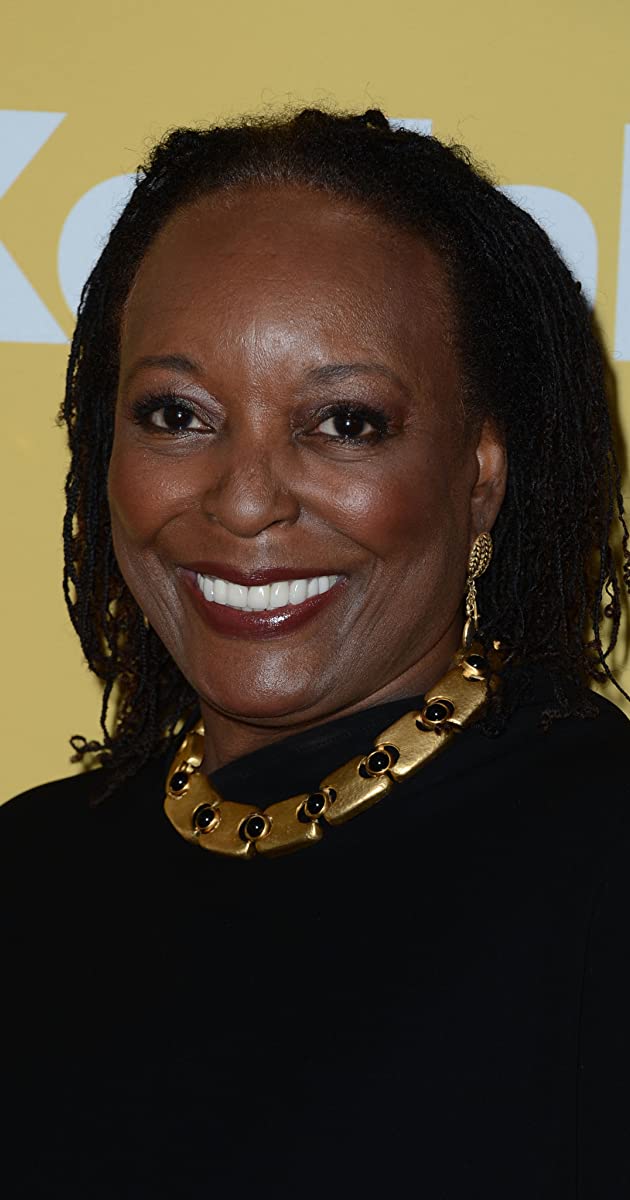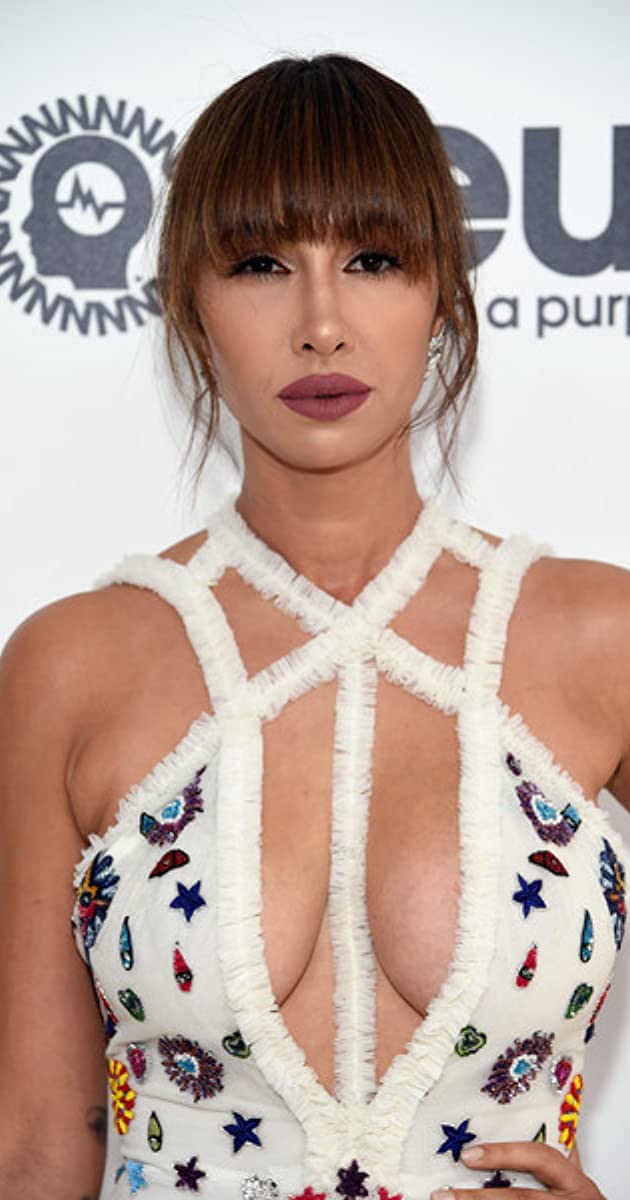
Diller put out an autobiography in 2005 in her late 80s, and entitled it “Like a Lampshade in a Whorehouse”, which pretty much says it all when recalling the misfit life and career of the fabulous, one-of-a-kind Phyllis Diller. It may inspire all those bored, discouraged and/or directionless housewives out there to know that the one-time 37-year-old chief bottle washer and diaper disposer of five started out writing comedy routines for her fellow female laundry mates as a sort of reprieve from what she considered her everyday household doldrums. Little did she know she would wind up an entertainment legend who would share the biggest comedy stages with the likes of Bob Hope, George Burns and Jack Benny.
They said it couldn’t be done back then (to be a successful lady comic, that is) but the doyenne of female stand-up did just that — opened the doors for other odd-duck funny girls who dared to intrude on what was considered a man’s profession. Initially, the comedienne whipped up an alter-ego that could have only been created with the aid of hallucinogens. Boldly facing the world as a scrawny, witchy-faced, flyaway haired, outlandishly costumed, cigarette-holding, magpie-cackling version of “Auntie Mame”, Diller made a virtue out of her weird looks and cashed in on her wifely horror tales and her own idiosyncratic tendencies. Her solid fan base has been thriving now for over five decades.
She was born Phyllis Ada Driver on July 17, 1917 in Lima, Ohio to Perry Marcus and Frances Ada (Romshe) Driver. A student at Lima’s Central High School, she went on to study for three years at the Sherwood Music Conservatory in Chicago, before transferring to Bluffton (Ohio) College where she served as the editor of the school’s more humorous newspaper articles. She was a serious student of the piano but was never completely confident enough in her performance level to try and act on it as a possible career.
She wed Sherwood Anderson Diller at age 22 in November 1939 and had six children (one of whom died in infancy). On the sly, she was an advertising copywriter. During World War II, the family moved to Michigan where her husband had found work at the Willow Run Bomber Plant. A natural laugh-getter, she began writing household-related one-liners and the feedback from the fellow wives greatly encouraged her. When the family moved to California for job-related reasons, Diller became a secretary at a San Francisco television station. By this time, she had built up the courage to put together a nightclub act.
The local television hosts at the station (Willard Anderson and Don Sherwood) thought her act was hilarious and invited her on their show in 1955. Not long after, at age 38, Diller made her debut at San Francisco’s Purple Onion nightclub. What was to be a two-week engagement was stretched out to more than a year and a half. The widespread publicity she received took her straight to the television talk and variety circuits where she was soon trading banter with Jack Paar, Jack Benny and Red Skelton, among others, on their popular television series. She was a contestant on Groucho Marx’s popular quiz show You Bet Your Life (1950).
Throughout the 1960s, audiences embraced her bold and brazen quirkiness. Diller formed a tight and lasting relationship with Bob Hope, appearing in scores of his television specials and co-starring in three of his broad 1960s comedy films (Boy, Did I Get a Wrong Number! (1966), Eight on the Run (1967) and The Private Navy of Sgt. O’Farrell (1968). Diller joined Hope in Vietnam in 1966 with his USO troupe.
Her celebrity eventually took its toll on her marriage. She separated from and eventually divorced Sherwood in 1965, who had, by this time, become a favorite topic and target of her act in the form of husband “Fang”. That same year, she married singer, film actor and television host Warde Donovan who appeared with her in the slapstick movie Did You Hear the One About the Traveling Saleslady? (1968). They divorced in 1975.
By this time, Diller was everywhere on the small screen. A special guest on hordes of television series and comedy specials and, especially on such riotfests as Laugh-In (1977) and the Dean Martin celebrity series of roasts, she became a celebrity on the game show circuit as well, milking laughs on such established shows as The Hollywood Squares (Daytime) (1965) and The Gong Show (1976). She published best-selling comedy records to her credit and humorous anecdotes to pitch that made it to the bookstore shelves, such as “Phyllis Diller Tells All About Fang”. However, stand-up remained her first love.
Her forays on television in her own series were, regretfully, unsuccessful. Her first television series, The Pruitts of Southampton (1966), had her pretty much pulling out all the stops as a wacky widow invariably scheming to keep up a wealthy front despite being heavily in debt. She had the reliably droll Reginald Gardiner and cranky Charles Lane as foils and even Gypsy Rose Lee, but to little avail. Revamped as “The Phyllis Diller Show”, several of comedy’s best second bananas (John Astin, Paul Lynde, Richard Deacon, Billy De Wolfe, Marty Ingels) were added to the mix, but the show was canceled after a single season. A second try with The Beautiful Phyllis Diller Show (1968), a comedy/variety show that had the zany star backed by none other than Rip Taylor and Norm Crosby, lasted only three months.
Seldom did she manage or receive offers to take her funny face off long enough to appear for dramatic effect. Somewhat more straightforward roles came later on episodes of Boston Legal (2004) and 7th Heaven (1996). Back in 1961, interestingly enough, she made both her stage and film debuts in the dramas of William Inge. Her theatrical debut came with a production of “The Dark at the Top of the Stairs” and she appeared first on film in the highly dramatic Splendour in the Grass (1961), lightening things up a bit with a cameo appearance as larger-than-life nightclub hostess Texas Guinan. Diller later impressed with her harridan role in the film The Adding Machine (1969) opposite Milo O’Shea.
Diller enjoyed a three-month run on Broadway in “Hello, Dolly!”, co-starring Richard Deacon and appeared in other shows and musicals over time: “Wonderful Town” (she met her second husband Warde Donovan in this production), “Happy Birthday”, “Everybody Loves Opal” and “Nunsense”. In 1993, Diller was inducted into the St. Louis Walk of Fame. Her cackling vocals have enhanced animated features, too, what with Mad Monster Party? (1967) and A Bug’s Life (1998). It took a heart attack in 1999 to finally slow down the comedienne and she eventually announced her retirement in 2002.
Aside from the baby who died in infancy, Diller was also predeceased by her eldest son, Peter (who died of cancer in 1998) and her daughter, Stephanie Diller (who died of a stroke in 2002). Her surviving children are Sally Diller, Suzanne Sue Diller and Perry Diller. As late as January 2007, she made an appearance on The Tonight Show with Jay Leno (1992). She was set to return on her 90th birthday in July but a back injury forced her to cancel. She died at age 95 of heart failure on August 20, 2012 in her home in Brentwood, California.


